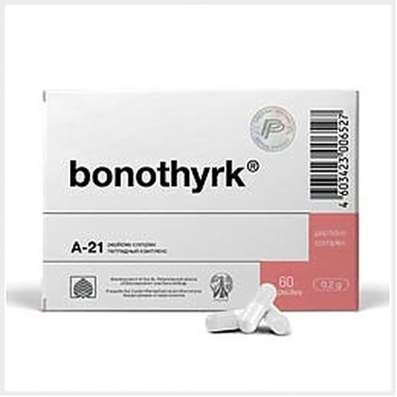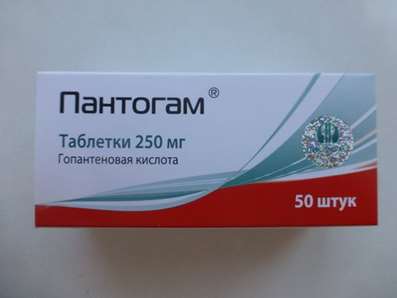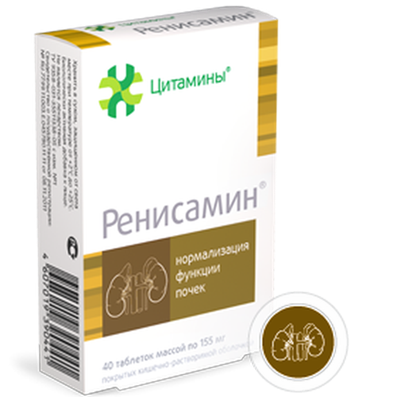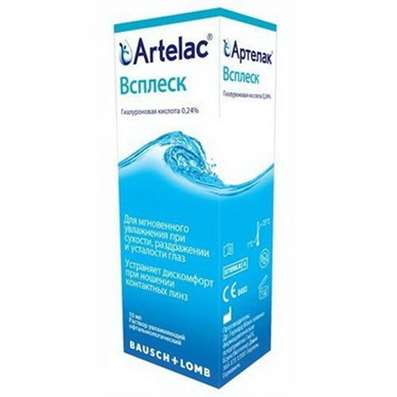Sports Pharmacology – Management of Athlete’s working capacity
18 Oct 2016
Energy Areas
Energyu substrate to provide the basic functions of muscle fibers - reducing it - is adenosine triphosphate - ATP.
Power supply for the implementation of the methods conventionally divided into anaerobic (alaktic - lactate) and aerobic.
These processes can be summarized as follows:
Anaerobic energy area:
ADP + phosphate + free energy of ATP <=>
Phosphocreatine + ADP + ATP Creatine <=>
2 ADP <=> AMP + ATP
Glycogen (glucose) + phosphate + ADP + ATP lactate <=>
Aerobic zone of energy supply:
Glycogen (glucose), fatty acid O2S02 + phosphate + H 2 0 + + ATP.
Energy sources are Phosphogen, Glucose, Glycogen, Free Fatty Acids, Oxygen.
Introduction of ATP from outside in sufficient doses cannot be provided (the reverse is a common misconception), therefore, it is necessary to create conditions for the formation of increased amounts of endogenous ATP. This is the aim training - shift metabolic processes towards the formation of ATP, as well as the provision of ingredients.
The rate of accumulation and power consumption vary considerably depending on the functional state of the athlete and the sport. Some contribution to the energy supply process, its correction is possible by the pharmacy.
In the early 70's it was demonstrated that the reduction in ischemic myocardium stops cell exhaustion of reserves phosphocreatine (PC), despite the fact that the cells remained outstanding about 90% of ATP. These data indicate that the ATP is not evenly distributed within the cell. Accessibility is not all ATP contained in the muscle cell, but only a small part of which is localized in the myofibrils. The results of research carried out in the following years, showed that the relationship between intracellular ATP pools performed FC and iso-enzymes creatine kinase.
Under normal conditions, the ATP molecule derived from the mitochondria, transfers its energy to creatine, which is under the influence of mitochondrial creatine kinase isoenzyme transformed into FC. Last migrate to sites of local creatine reactions (sarcolemma, myofibrils, sarcoplasmic reticulum), where other isoenzymes of creatine provide resynthesis of ATP from ADP and FC.
Exempt with creatine returns to the mitochondria, and ATP energy is used for its intended purpose, including for muscle contraction. The rate of energy transport within the cell by way fosfocreatinic ATP significantly exceeds the rate of diffusion in the cytoplasm. That is why the reduction of FC in the cell and leads to depressed contractility even while maintaining a significant intracellular stock of the main energy substrate - ATP.
According to modern concepts, the physiological role of the FC is to provide energy efficient intracellular transport from places of production to places of use.
Under aerobic conditions, the main substrates for the synthesis of ATP are free fatty acids, glucose and lactate metabolism which normally provides for the production of about 90% of the total amount of ATP. In a series of successive catalytic reactions of the substrates is formed of acetyl-coenzyme A. Inside of the mitochondria in the tricarboxylic acid cycle (Krebs cycle) cleavage of acetyl coenzyme A to carbon dioxide and hydrogen atoms. Recently transferred to the electron transport chain (respiratory chain) and are used for the reduction of molecular oxygen to water. The energy produced when transferring electrons along the respiratory chain, oxidative phosphorylation as a result of being transformed into the energy of ATP.
The reduction in oxygen delivery to the muscles leads to rapid decomposition of ATP to ADP and AMP, and then the collapse of AMP to Adenosine, Xanthine and hypoxanthine. Nucleotides located over sarcoplasmic membrane into the extracellular space, making it impossible to re-synthesis of ATP.
In hypoxic conditions intensified the process of anaerobic ATP synthesis, the main of which is a substrate for glycogen. However, during the anaerobic oxidation of ATP produced much smaller molecules than for aerobic oxidation of metabolic substrata. ATP is the energy of the synthesized under anaerobic conditions, not only is insufficient for contractile function of the myocardium, but also to maintain gradients of ions in the cells. Reducing the content of ATP is accompanied by a decrease in the content of a leading FC.
The same way Mildronate operates.
Activation of anaerobic glycolysis results in the accumulation of lactate and acidosis development. The consequence of the deficit-energy phosphates and intracellular acidosis is a violation of the ATP-dependent ion transport mechanisms responsible for the removal of calcium ions from the cell. The accumulation of calcium ions into the mitochondrial uncoupling leads to oxidative phosphorylation and increased energy deficit. The increase in calcium ion concentration in the sarcoplasm ATP deficiency promotes the formation of solid actin-myosin bridges, which prevents relaxation of myofibrils.
ATP deficiency and excess calcium ions combined with increased production and increased muscle content stimulates catecholamine "lipid triad". Development of the "lipid triad" cause destruction of the lipid bilayer of the cell membrane. All this leads to a contraction of myofibrils and their destruction. The role of the "trap of calcium ions" perform inorganic phosphate and other anions accumulate in the cells during hypoxia. Mildronate can improve it.
Pharma - providing into zones is as follows:
In anaerobic (alaktatic) for providing high speed zone, as powerful as possible, a short run (a few seconds), introduced phosphogen particularly Neoton.
In anaerobic (lactate) zone to the accumulation of lactic acid in the submaximal power the body should also be provided with phosphocreatine, maximum provided the ability to completely dispose of the oxygen tolerate oxygen debt (antihypoxants), dispose of "waste" and have glycogen stores and the ability to fill in the work carbohydrate reserves.
In aerobic (oxygen) zone must provide: a continuous supply of carbohydrates into the blood stream, the maximum oxidation of fatty acids (lipotropics) and formed with neutralization of free radicals (antioxidants), and the maximum utilization of oxygen entering the body (antihypoxants).

 Cart
Cart





